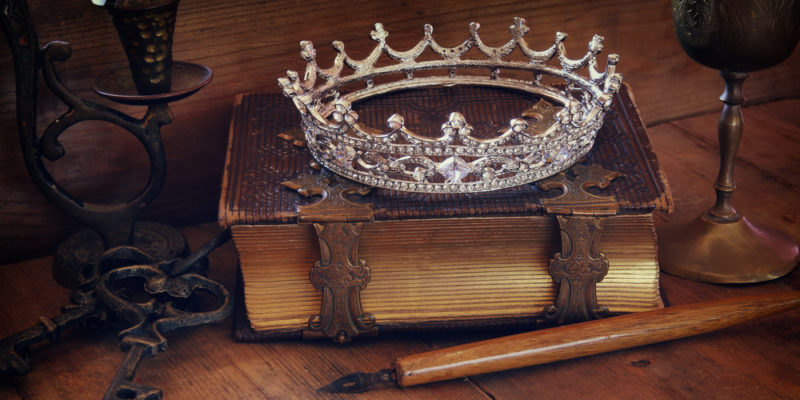We explain what the Middle Ages is, what was the origin and the stages of this period. In addition, its main characteristics and how it ended.
What is the Middle Ages?
The Middle Ages is the historical period in the West between the Ancient Ages , (which ended with the disintegration of the Western Roman Empire in the 5th century) and the Modern Age (which began for some after the discovery of America, in 1492 and for others after the fall of Constantinople in 1453).
Therefore, it constitutes an intermediate period between the Ancient Age and the Renaissance and the Modern Age , traditionally considered as a period of obscurantism, a decline in the arts , sciences and humanities and the absolute predominance of the Christian faith as the only doctrine of thought.
This earned it the nickname of the Obscurantismo or the Dark Ages, contrasting it with the splendor of the previous Greco-Roman era or the later Italian Renaissance.
It lasted for almost ten centuries during which religious wars and confrontations were common, especially against Arab cultures and Islam , as well as the implantation of a very rigid and despotic caste system called the feudal system .
Today it is known that the Middle Ages was a long and complex period, difficult to summarize or to understand uniformly , with its gains and losses in cultural, scientific and political matters.
Characteristics of the Middle Ages :
1. Origin of the term
We cannot speak of the Middle Ages except within the framework of Western culture, so this term does not apply to the study of Africa , Asia or America , but is limited to Europe and, at most, the Middle East .
This is partly due to the fact that during the Middle Ages the European Christian civilization was closed to the rest of the world , losing contact with the surrounding regions despite the fact that these were often culturally rich and prosperous, like the Islamic nations or those of the rest of the Old World, or not to mention the pre-Columbian American women.
This also explains the feeling of obscurantism with which this period is often associated.
2. Stages of the Middle Ages
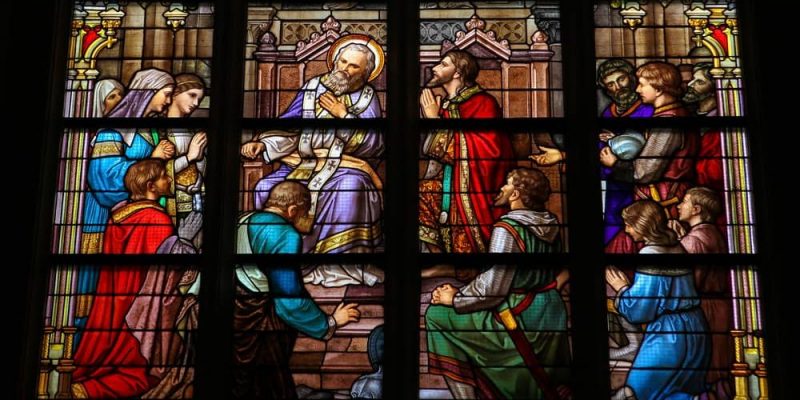
- High Middle Ages (approximately from the 5th to the 11th century) . It is the initial period of the Middle Ages. During these six centuries the Roman world was transformed and the different Greco-Latin kingdoms into which the Western Roman Empire was dissolved became Christian kingdoms, a prelude to what would later become countries. The feudal model of society and the power of the Pope are imposed on the West, in direct confrontation with the Byzantine Empire . During this period the expansion of Islam occurs, the attempt to reunify the Roman Empire by the Byzantine king Justinian, and the rise and fall of the Carolingian Empire of the Frankish kings Pepin the Short and Charlemagne, among other relevant political events.
- Low Middle Ages (from the 12th to the 15th century) . During this second part the feudal system expands, there are reforms and innovations in religion, politics and philosophy , and above all the crusades or holy warsare carried out, in which Christianity tried to regain control of Jerusalem and the holy land. In this period the scholasticism , the Gregorian reform and the monastic reformsoriginated, as well as the emergence of the university and the bourgeoisie, a social class that would have a revolutionary impact in the West from the Renaissance on.. In the 14th century, poor harvests and outbreaks of plague and other diseases led to an unprecedented demographic collapse.
3. Feudalism
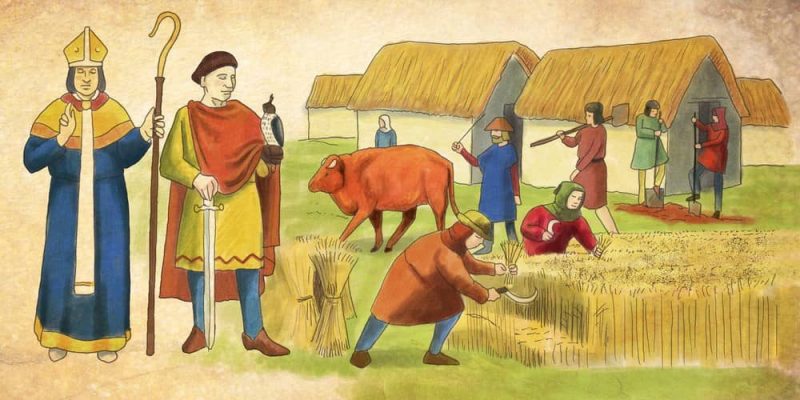
The feudal system or feudalism was the prevailing model during the Middle Ages, and consisted of the political-territorial organization of Europe into small kingdoms called fiefdoms (extensions of land granted by the king to names), in which the landowner or landowner had full power. feudal lord.
The peasants who worked for him lived there and with whom the feudal lord shared the fruit of his labor , in exchange for military protection and order.
In the feudal model there were three social classes, with marked inequality:
- The peasantry . The poor and working people, who did not have major properties and who constituted the bottom rung of the pyramid, worked for their respective feudal lords.
- The clergy . The church wielded enormous power, since it had monopolized knowledge and even kings were crowned by emissaries of the Pope. The church also possessed a moral and spiritual power with a real impact on society, with organizations like the Inquisition exercising punishments and decisions.
- The nobility . The aristocrats were born to wealthy families and “blue blood”, so they were descendants in turn of other nobles and landowners who controlled the greatest value of the time: land. There they housed the peasants and ruled over them. They were the privileged class from which the feudal kings and lords emerged.
4. Theocentrism
Theocracy or theocratic order is called the political system governed by the Church and the clergy , as it was during much of the Middle Ages: the nobles were favored or disadvantaged by the Pope and their authority was final, because it was the voice of God in the Earth and there were no legal texts or secular jurisprudence that contradicted it.
The Church influenced all public and private aspects of people’s lives , imposing divine order and the fear of God above all things.
This undoubtedly curtailed any possibility of advance in scientific matters and social conceptions. At the center of everything was God and the Bible .
5. The Crusades
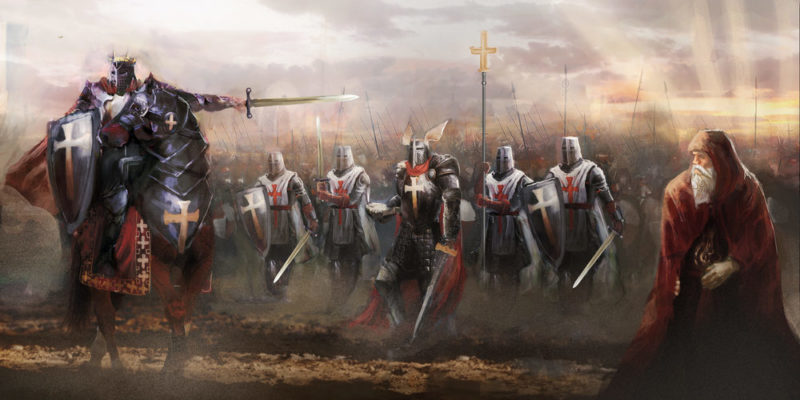
Since land ownership was a key factor for economic growth , armed invasions to conquer more land were commonplace.
Between the eleventh and thirteenth centuries, nine holy wars or crusades took place , as they were known, since Christian soldiers were painted with the cross to fight Jews, pagans and practitioners of Islam in the Holy Land, trying to reestablish the Pope’s control over the territories of the Middle East.
In general, they all failed and had high political costs and human lives , but they mobilized a large part of Europe and allowed contact and mixing with remote regions of the continent .
6. farming
The Middle Ages was a mainly agricultural and livestock period. Society was primarily rural , with cities as centers of trade and exchange or bureaucratic headquarters.
The illiterate peasantry could aspire to insert a son of his in the clergy, so that he would slowly gain social and political position through study, or in the militia, so that in some war he might stand out and perhaps ascend to the lordship.
However, food production and trade between agricultural regions was the main economic mechanism , along with mining and metal forging .
7. Culture

For a long time it was argued that the Middle Ages had been poor in artistic and literary manifestations , but today it is known that this is not so.
They were simply all traversed by the religious fervor typical of early Christianity, and then by the jealous vigilance of the Inquisition and its fanatics.
However, many writings, mystical accounts and works that explored Judeo-Christian motifs survived and, in addition, numerous traditions of pagan origin that failed to be eradicated by the Church and were popularly and informally practiced: nature worship, alchemy, herbal healing , etc.
8. Fragmentation of power
Although there were kingdoms and principalities, the defense rested on the nobles and warriors , on whom the permanence of the royal houses depended. That is why the noble class was almost as powerful as the monarchs themselves. On the other hand, the clergy were extremely powerful.
Between the years 1000 and 1500 , a large number of castles were built throughout Europe as defensive constructions, which served the feudal lords to control their possessions and react to threats, that is, they were not only the residence of the feudal lord, they were also the base of military operations.
9. Western schism
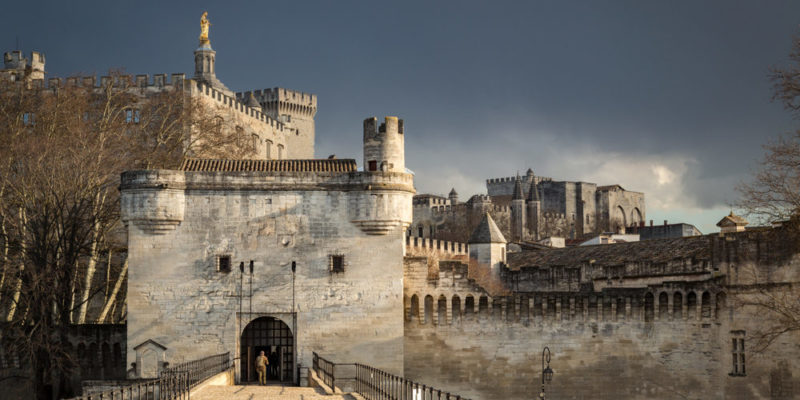
Also known as the Avignon Schism, it was the result of a long crisis suffered by the Roman Catholic Apostolic Church .
In 1378, after Pope Gregory XI died, the Roman cardinals elected as his successor the Italian Urban VI, but a group of dissident cardinals proclaimed Clement VII, who installed his headquarters in Avignon.
Thus the Catholic world was divided, with two papal sees, one in Rome and the other in Avignon .
10. The end of the Middle Ages
The Middle Ages slowly came to an end, as the bourgeoisie increasingly played a determining role in the new society , in which lineage and nobility were no more important than capital and business.
Thus, a modern world arose after the Renaissance that abolished feudalism and theocracy.
The above content published at Collaborative Research Group is for informational and educational purposes only and has been developed by referring reliable sources and recommendations from experts. We do not have any contact with official entities nor do we intend to replace the information that they emit.
